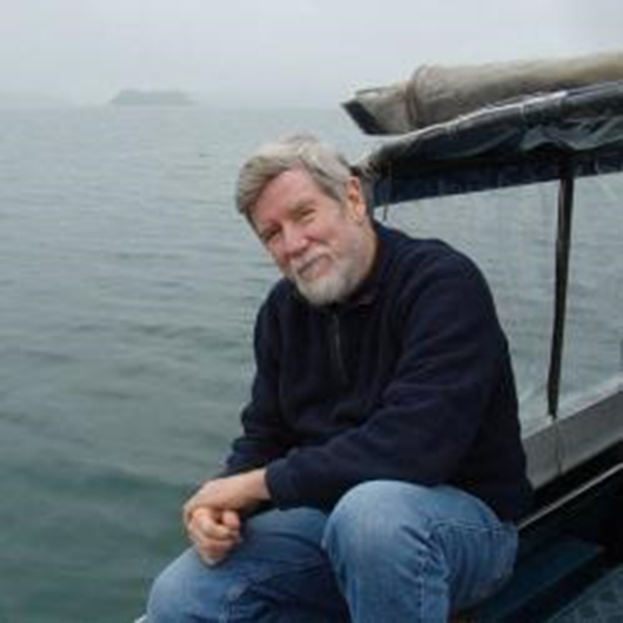
搜索网站、位置和人员

新闻与活动 活动信息
西湖名师论坛第222期 | Willard S. Moore: Hypoxia (low dissolved oxygen concentrations) in Estuarine and Coastal Waters: Effects from Submarine Groundwater Discharge (SGD)
时间
2023年11月8日(周三)
14:00-15:30
地点
西湖大学云谷校区学术环E10-211
主持
西湖大学工学院讲席教授 李凌
受众
全体师生
分类
学术与研究
西湖名师论坛第222期 | Willard S. Moore: Hypoxia (low dissolved oxygen concentrations) in Estuarine and Coastal Waters: Effects from Submarine Groundwater Discharge (SGD)
时间:2023年11月8日(周三)14:00~15:30
Time:2:00~3:30 PM, Wednesday, November 8, 2023
地点:西湖大学云谷校区E10-211阶梯教室
Venue: E10-211, Yungu Campus
主持人:西湖大学工学院讲席教授 李凌
Host: Ling Li, Chair Professor of School of Engineering, Westlake University
主讲人/Speaker:

Willard S. Moore
Distinguished Professor Emeritus,
School of Earth, Ocean, and Environment, University of South Carolina, USA
Willard S. Moore received his doctorate degree in earth and space sciences from State University of NY. He has served on the National Advisory Council/National Research Council, the international commission on Marine science (SCOR), and the Groundwater Discharge Working Group. Professor emeritus Willard Moore was elected as a Fellow of American Geophysical Union in 2006 and Fellow of the American Association for the Advancement of Science in 2014.
报告题目/Title:
Hypoxia (low dissolved oxygen concentrations) in Estuarine and Coastal Waters: Effects from Submarine Groundwater Discharge (SGD)
讲座摘要/Abstract:
Reducing dissolved oxygen concentrations (DO) in coastal waters to <150 µM induces biological stress on many organisms; reducing DO to <60 µM (hypoxic conditions) can be deadly. The presence of low DO in coastal and estuarine waters (see below) has increased over the past few decades. The primary factor cited by most scientists who study the subject is increased nutrient supply by rivers. These nutrients enter rivers from agricultural lands within the catchments. When rivers discharge to the ocean the nutrients promote organic matter production, which settles to the seabed, reducing dissolved oxygen as it decomposes. This is referred to as a top-down mechanism; it may be supplemented by a bottom-up mechanism from coastal aquifers. Submarine groundwater discharge (SGD) from these aquifers supplies nutrients, carbon, metals, and radionuclide tracers to estuarine and coastal waters. One aspect of SGD that is poorly recognized is its direct effect on DO demand in receiving waters. Within salty coastal aquifers, sulfate-mediated oxidation of organic matter produces numerous reduced byproducts including sulfide, ammonia, dissolved organic carbon and nitrogen, methane, and reduced metals. When these byproducts are introduced to estuarine and coastal systems by SGD and are oxidized, they may substantially reduce the DO concentration in receiving waters. I will illustrate this effect by providing examples from the South Carolina and Mississippi, USA, coasts and from the mouth of the Changjiang River. In some cases, the bottom-up mechanism is adequate to explain low DO conditions.
讲座联系人/Contact:
科技合作部Sci-tech02@westlake.edu.cn

















